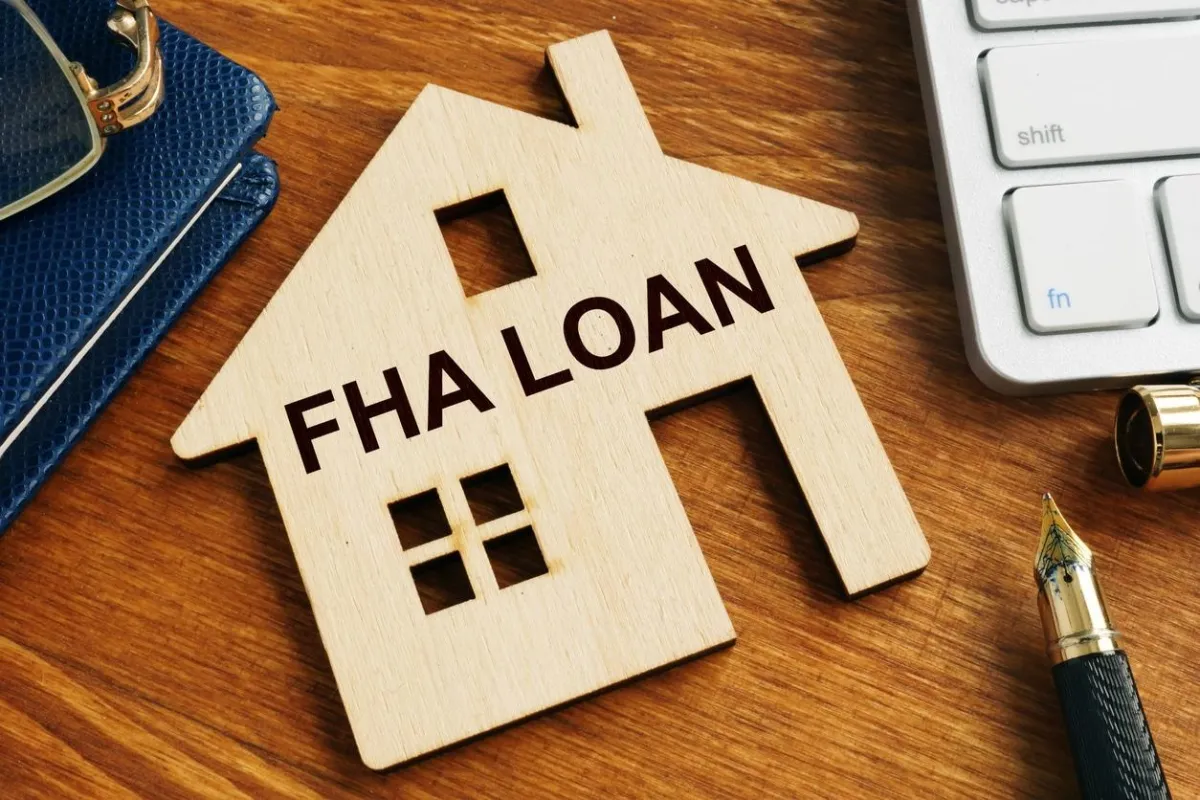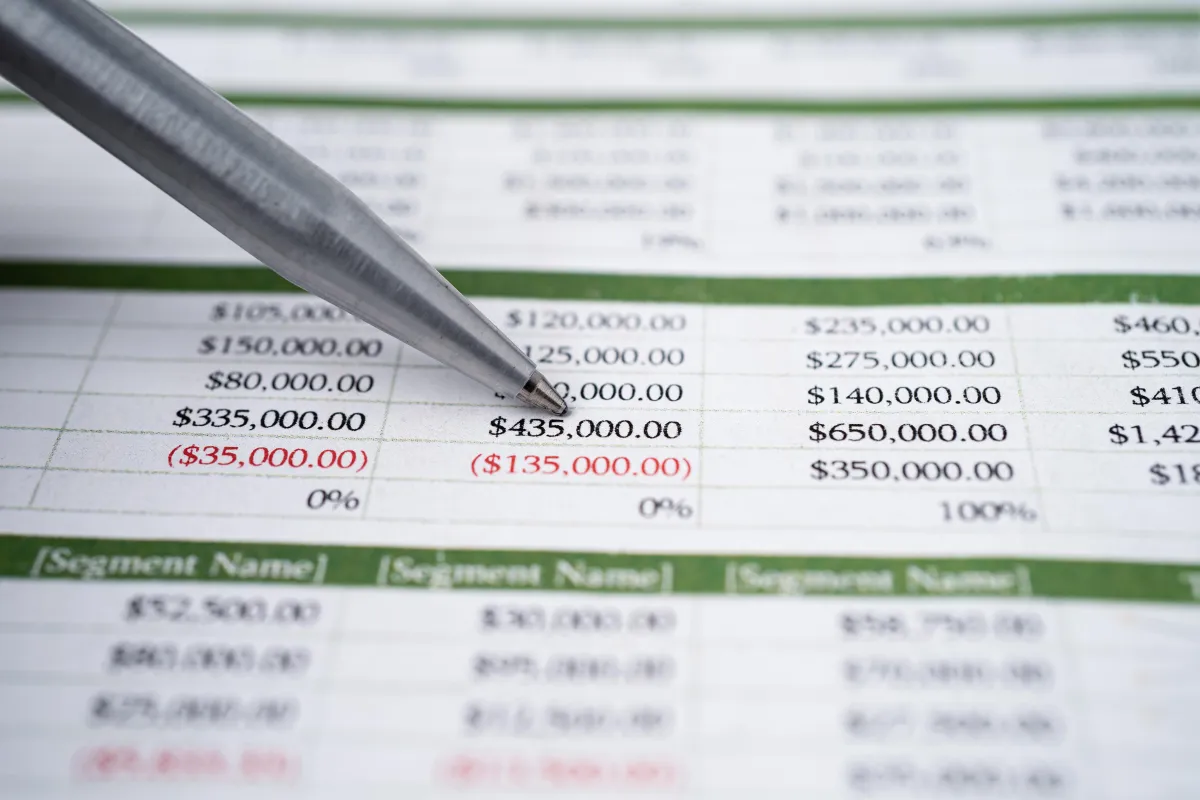Low Rates.
Easy Applications.
Quick Closings.
Our rates are low, our application is quick and easy! We can get you clear to close in as little as 10 days!
Loans Available Nationwide.

I'm Rodney Rose, from E Mortgage Capital and I'm excited to help you obtain the perfect home loan for you.
Loan Officer
NMLS#: 1396861
DRE#: 00853403
Contact Details
Quick Actions






Trusted By Agents With

Low Rates.
Easy Applications.
Quick Closings.
Our rates are low, our application is quick and easy! We can get you clear to close in as little as 10 days!
Loans available nationwide.

I'm Rodney Rose, from E Mortgage Capital and I'm excited to help you obtain the perfect home loan for you.
Loan officer
NMLS#: 1396861
DRE#: 00853403
Contact Details
Quick Actions

Trusted By Agents With

E Mortgage Capital. Inc.
NMLS#: 1396861
915 Highland Pointe Dr, Roseville, CA 95678, USA
3401 Mallory Ln, Franklin, TN 37067, USA
3750 S Susan Street Santa Ana, Ca. 92704
Notice To Texas Loan Applicants: Consumers wishing to file a complaint against a mortgage banker, or a licensed mortgage banker residential mortgage loan originator, should complete and send a complaint form to the Texas Department of Savings and Mortgage Lending, 2601 North Lamar, Suite 201, Austin, TX 78705. Complaint forms and instructions may be obtained from the department’s website at www.sml.texas.gov.
A toll-free consumer hotline is available at 1-877-276-5550. The department maintains a recovery fund to make payments of certain actual out of pocket damages sustained by borrowers caused by acts of licensed mortgage banker residential mortgage loan originators. A written application for reimbursement from the recovery fund must be filed with and investigated by the department prior to the payment of a claim. For more information about the recovery fund, please consult the department’s website at






















